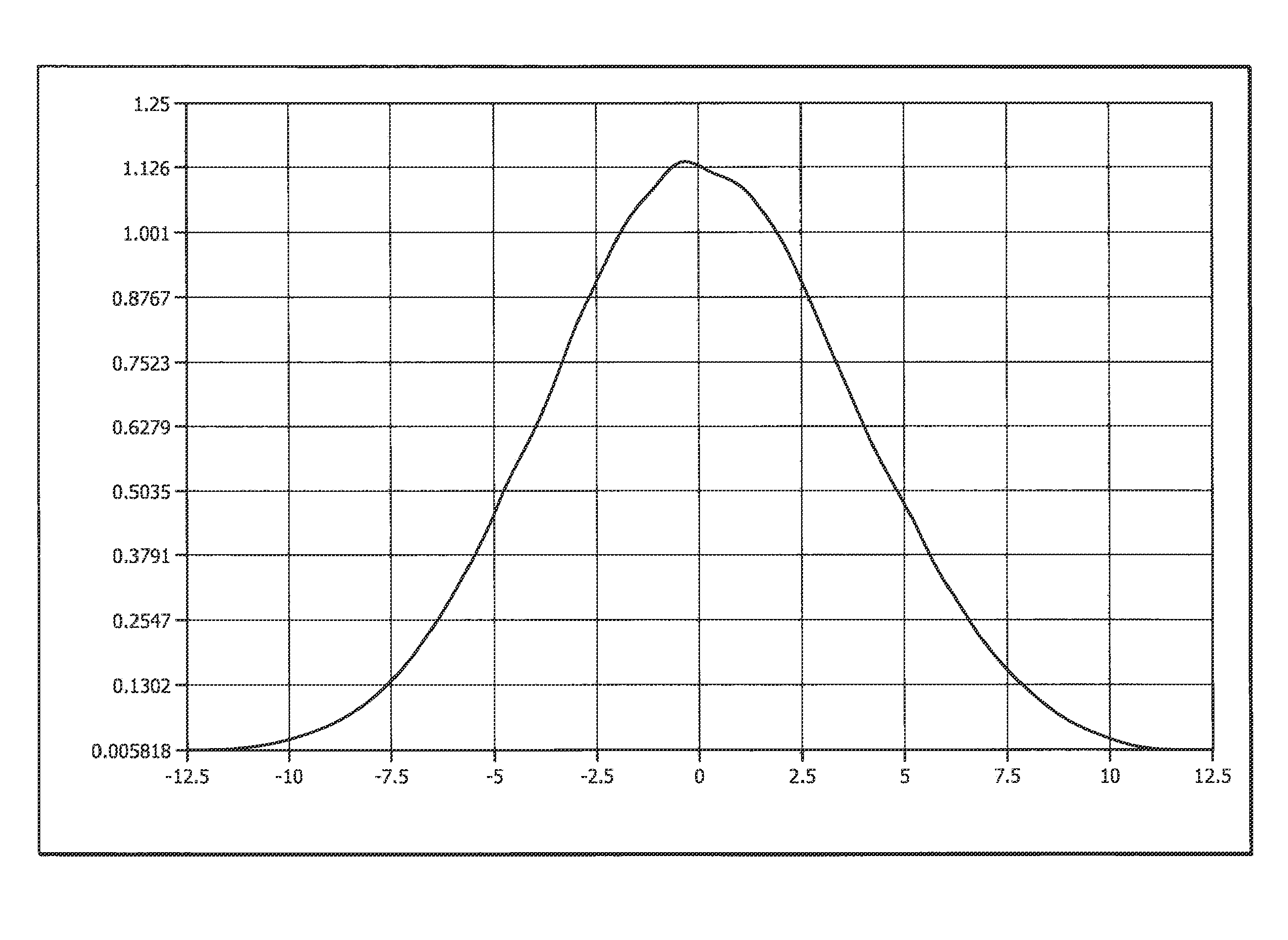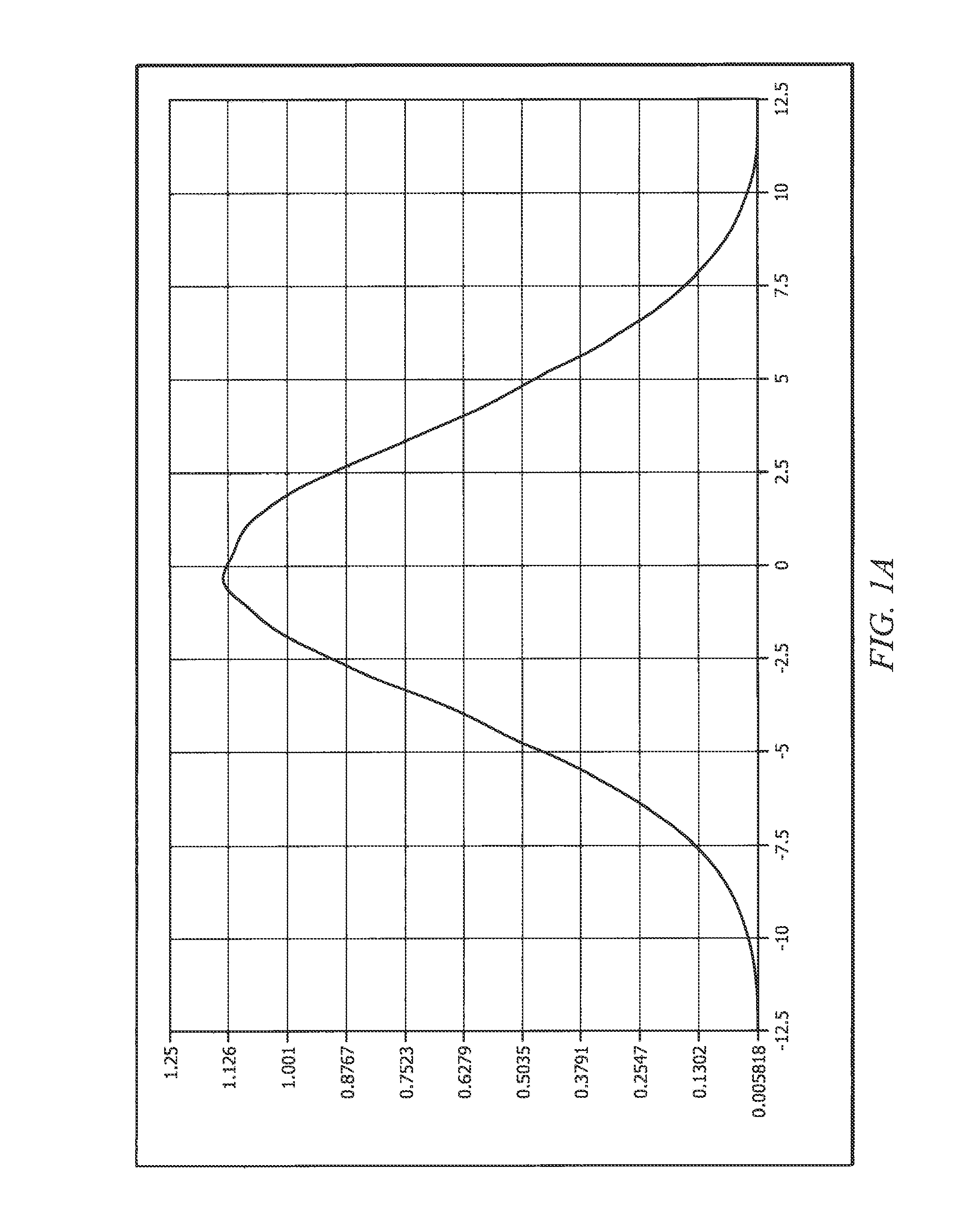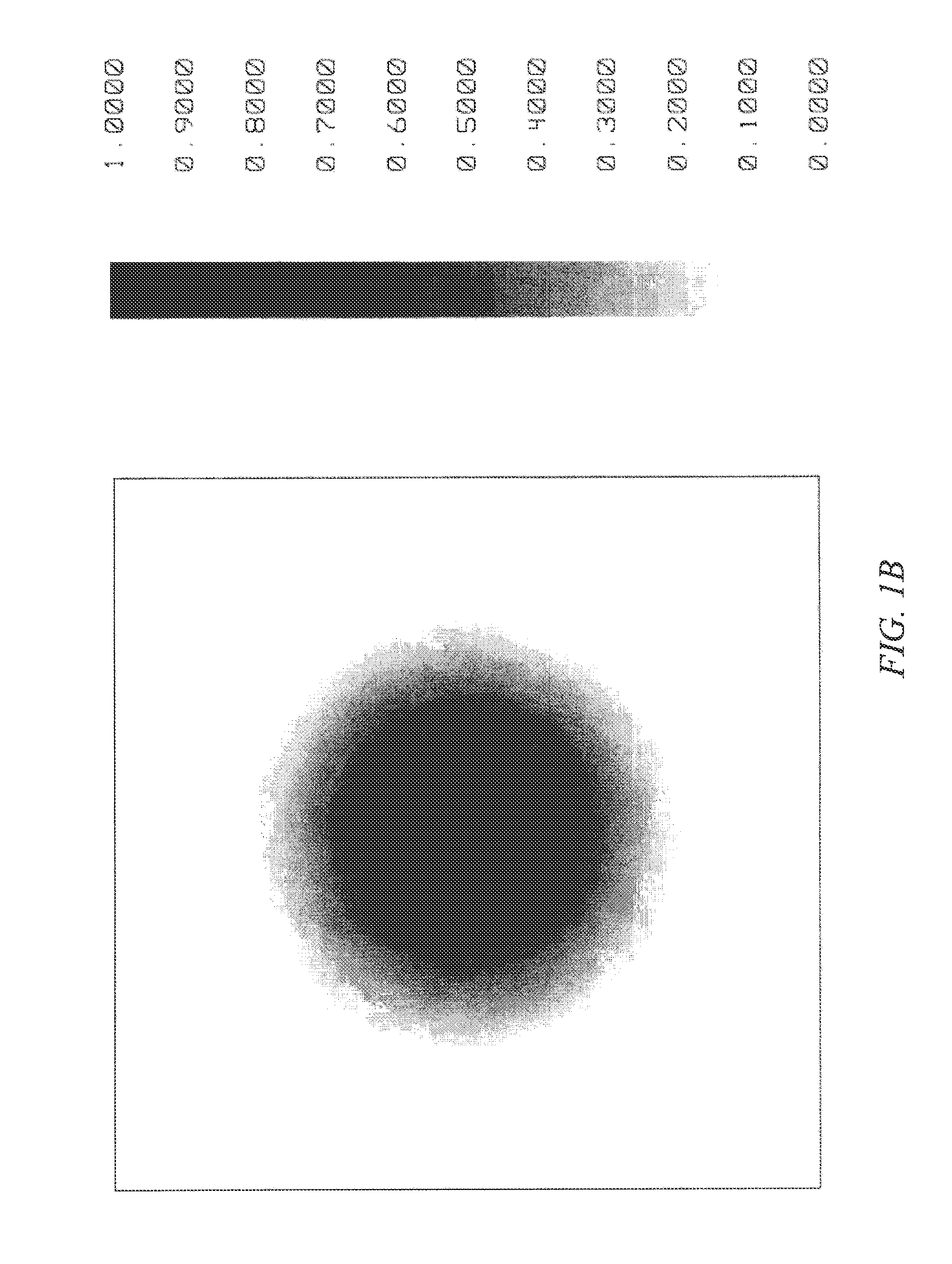Apparatus for scribing thin films in photovoltaic cells
a photovoltaic cell and thin film technology, applied in the field of optics, can solve the problems of thermal damage to the thin film and surrounding area, increase in the price of the optics, and increase in the complexity of the focusing objective, so as to improve the scribing process
- Summary
- Abstract
- Description
- Claims
- Application Information
AI Technical Summary
Benefits of technology
Problems solved by technology
Method used
Image
Examples
first embodiment
[0064]This is accomplished in the invention by making a special telescope 10 that includes an array of four (4) spherical lenses as depicted in FIGS. 2A, 2B, and 2C. The spherical lenses, denoted 12, 14, 16, 18, are cut as square elements and placed side by side. The telescope is a Keplerian type with 1× magnification so as not to alter the outer dimension of the beam.
[0065]FIG. 2A depicts the telescope in side elevation, FIG. 2B provides a top plan view, and FIG. 2C is an end view thereof. Although the 4×4 Keplerian telescope would in theory produce the desired inverted Gaussian beam, it is difficult to manufacture the lenses with enough accuracy to avoid aberrations and asymmetry in the inverted Gaussian profile. The lenses add power to the beam and alignment for collimation is paramount for good functionality.
second embodiment
[0066]FIGS. 3A and 3B depict a second embodiment in side and top plan elevation, respectively, where a cube of glass 20 is rotated forty five degrees (45°) on either an X axis or Y axis, assuming the optical axis of the laser light propagates along the Z axis. A single cube of glass inverts the laser beam in one axis and this alone is sufficient for scribing in one axis of a solar panel with good results. FIG. 3C depicts the beam pattern, as a cross-sectional view grey scale intensity profile, produced by this apparatus.
third embodiment
[0067]FIGS. 4A and 4B depict a third embodiment in side and top plan elevation, respectively, where a second cube of glass 22 is added and equally rotated forty five degrees (45°) about the X axis of the first rotated prism 10 and then further rotated ninety (90°) about the Z (optical) axis to invert in both axes. The beam pattern produced by this apparatus is depicted in FIG. 4C.
[0068]The preferred embodiment is a single piece of glass such as an octahedron optical element 24 depicted in FIG. 5A that inverts both axes of the Gaussian beam as depicted in FIG. 5B. Each surface of the polygon refractor is coated to minimize surface reflection losses with a suitable anti-reflection coating for the laser wavelength being used for scribing. Each octahedron has eight inclined, triangular sides.
[0069]The grey scale intensity profile of the apparatus depicted in FIGS. 5A and 5B is depicted in FIG. 1D.
[0070]FIG. 6 graphically depicts a cross sectional intensity profile of a focused spot of l...
PUM
| Property | Measurement | Unit |
|---|---|---|
| energy transition | aaaaa | aaaaa |
| homogeneity | aaaaa | aaaaa |
| symmetry | aaaaa | aaaaa |
Abstract
Description
Claims
Application Information
 Login to View More
Login to View More - R&D
- Intellectual Property
- Life Sciences
- Materials
- Tech Scout
- Unparalleled Data Quality
- Higher Quality Content
- 60% Fewer Hallucinations
Browse by: Latest US Patents, China's latest patents, Technical Efficacy Thesaurus, Application Domain, Technology Topic, Popular Technical Reports.
© 2025 PatSnap. All rights reserved.Legal|Privacy policy|Modern Slavery Act Transparency Statement|Sitemap|About US| Contact US: help@patsnap.com



